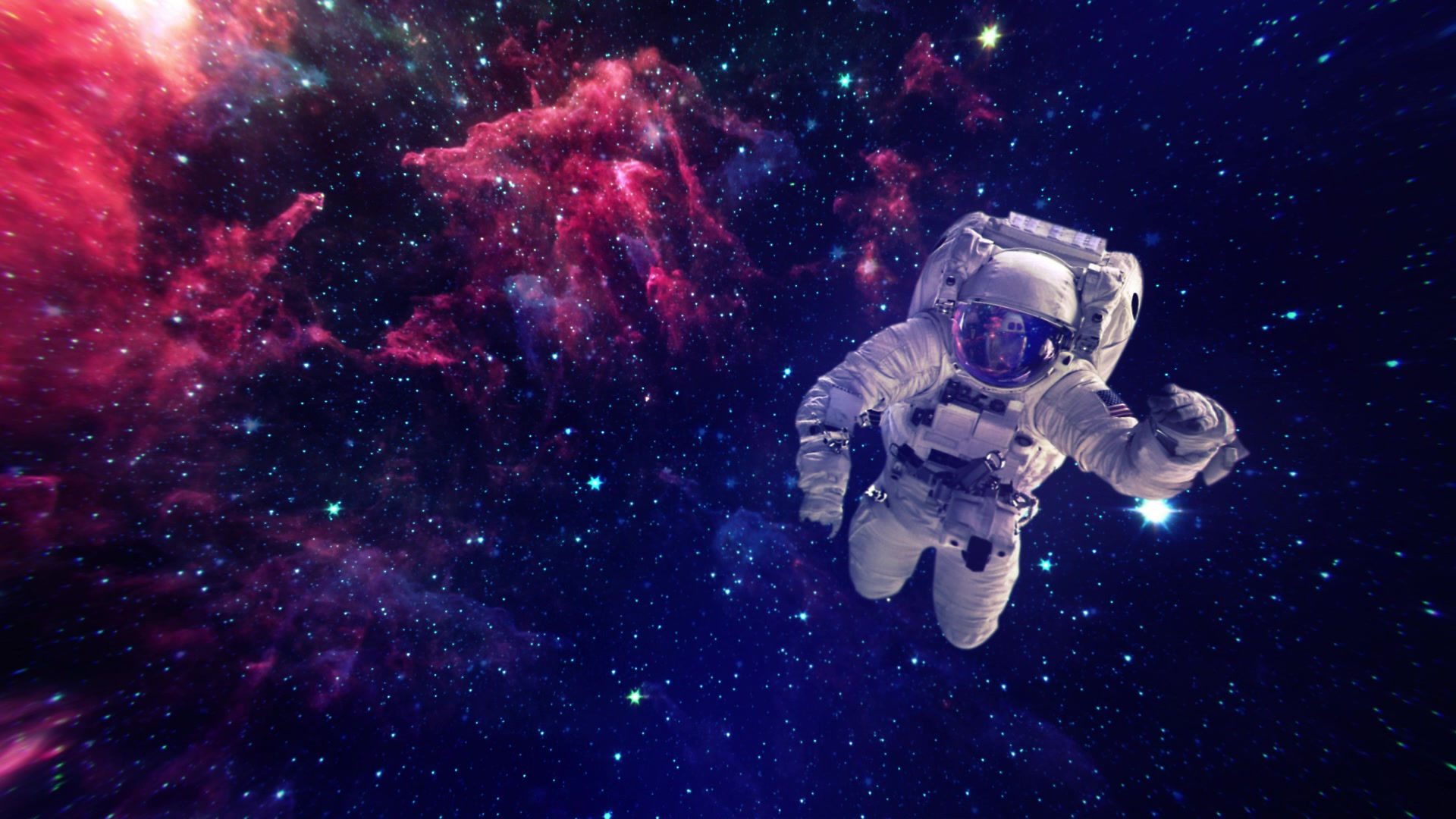
The Cycle
All stars, just like people, start their life in the same way; however they have many different ways of ending their stories. The path they take depends entirely on their mass, (how big they are and how much gas they contain!).
Small stars, like our sun and some even smaller, live long and quiet lives reaching their end by slowly fading away. Heavier stars, with a mass dozens of times larger than our sun’s are very short lived, often violently exploding in a reaction called a supernova. Now are you wondering why this is called a cycle? From what you’ve just read it seems more like a straight line, beginning to end, that isn’t quite it. Smaller stars, during their lifetime, release small amounts of material that can go on to help form new stars in years to come! This process is called; yup you guessed it, recycling!

The stage on the cycle which the star is at also tells us what type of fusion is going on inside of the star. For example in a main sequence star hydrogen fusion is taking place within the core, in the form of the proton-proton chain, whereas in a red giant heavier elements are formed through the CNO cycle. This alteration in fusion processes raises or lowers to temperatures within a star, altering the internal pressures, which in turn cause the star to change size.
Recycling in the Cycle:
As they approach the end of their lives, and at several points throughout, stars will eject some of the materials they have formed out into space. Here this material will for the interstellar medium (ISM) which will go on to be used to make new stars. This process is called recycling of remnant stars; it is an essential part of the cycle as it links the end to the beginning. It also paves the way for the formation of planets, moons, asteroids, and by extension: plants, animals, and people.
The Chemistry of Energy Conversion
I'm a title. Click here to edit me.
